Tick Disease In Horses
Tick disease in horses. Ticks can transmit a number of diseasecausing organisms to horses. This mostly occurs under saddlecloth and harness. Anaplasmosis is the top tick-borne disease in horses.
Two of the most common diseases which horse owners in Minnesota should be aware of are anaplasmosis and Lyme disease. Horses contract Lyme disease when the spirochete a type of bacterium Borrelia burgdorferi is transmitted through the bite of an infected tick. To make matters worse ticks go through a nymphal stage during which they are even smaller.
Groom the horse thoroughly daily and in particular inspect its mane tail and the area under the ears. The offending ticks are from the Ixodes family which are often known as deer ticks. Ticks are notoriously difficult to find on a horse because horses are big while ticks are small slow moving and dark colored.
Horse owners should be aware of two of the most common tick diseases. Many tick-borne diseases can still be transmitted by ticks during their nymph stage including Lyme disease. Equine ehrlichiosis is a tick-borne disease in horses that results from infection with Ehrlichia bacteria.
While not all ticks carry viruses and bacteria those that do such as the Ehrlichia equi can cause serious illness. Also from deer ticks but a different bacteria than what causes Lyme disease in horses. Signs of Lyme disease.
Ticks cause local skin and tissue irritation which can result in the horse constantly rubbing on trees or fences resulting in hair loss. The hair follicle becomes infected and develops small very painful abscesses. Preventing tick disease Remove and destroy ticks as soon as possible.
Piroplasmosis is caused by two protozoan parasites and is the most common tick-transferred disease to cause illness in horses. Tick Diseases that Affect Horses.
Bacterial acne in horses is the result of infection with Streptococci aureus.
Her research primarily focuses on parasites and tick-borne diseases. To make matters worse ticks go through a nymphal stage during which they are even smaller. Ticks can transmit a number of diseasecausing organisms to horses. Check horses for early signs of illness. Each species of tick has a favored feeding site on a host although in dense infestations ticks may. Reduce tick habitat near horses. Two of the most common diseases which horse owners in Minnesota should be aware of are anaplasmosis and Lyme disease. Clear brush out of pastures and along both sides of the fence. The offending ticks are from the Ixodes family which are often known as deer ticks.
While tick fever can be life-threatening if untreated many horses are asymptomatic carriers. The causative organism is called Anaplasma phagocytophilum. Certain species of ticks are very small and often go unnoticed. Check the horse regularly for ticks while grooming. Anaplasmosis is the most common tick-transmitted disease that causes illness in horses. Many tick-borne diseases can still be transmitted by ticks during their nymph stage including Lyme disease. Bacterial acne in horses is the result of infection with Streptococci aureus.
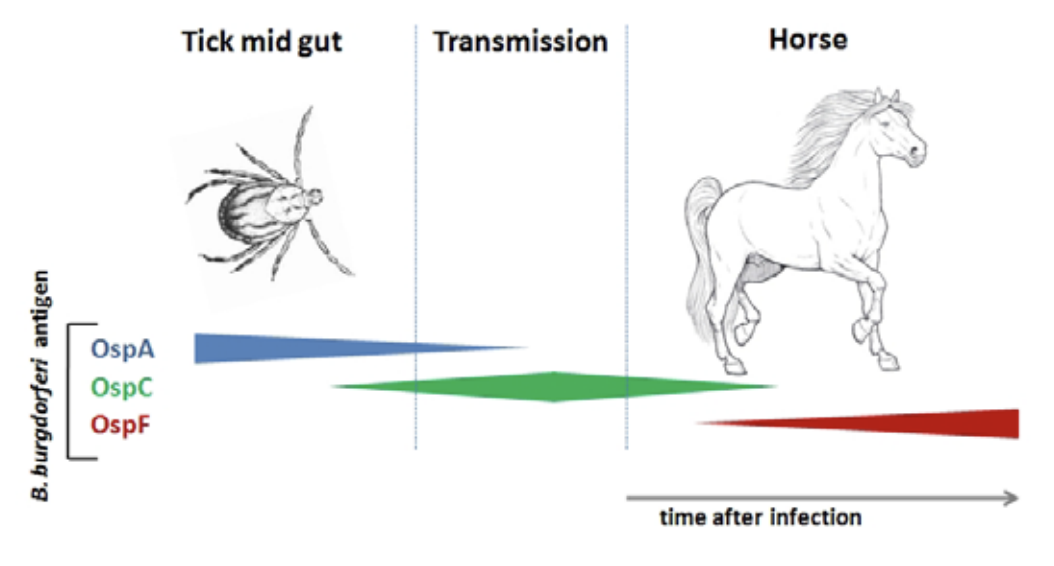
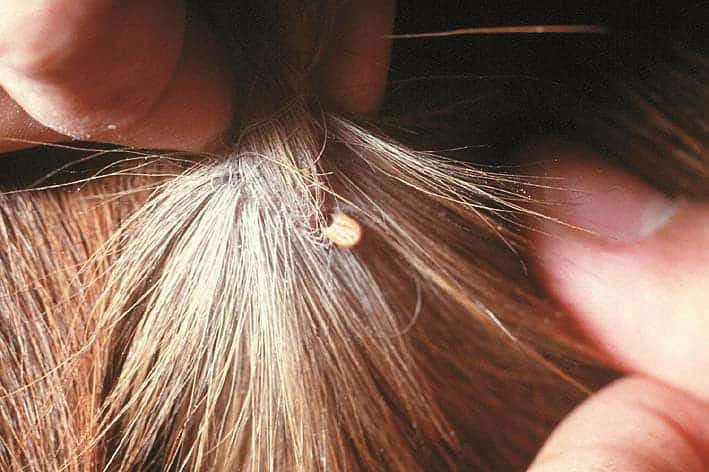


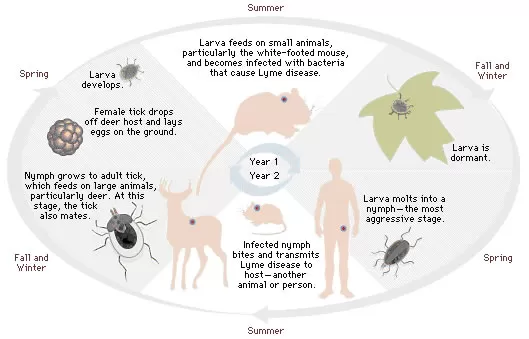







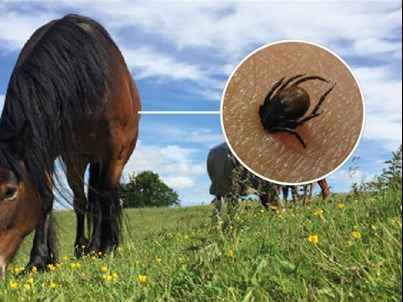




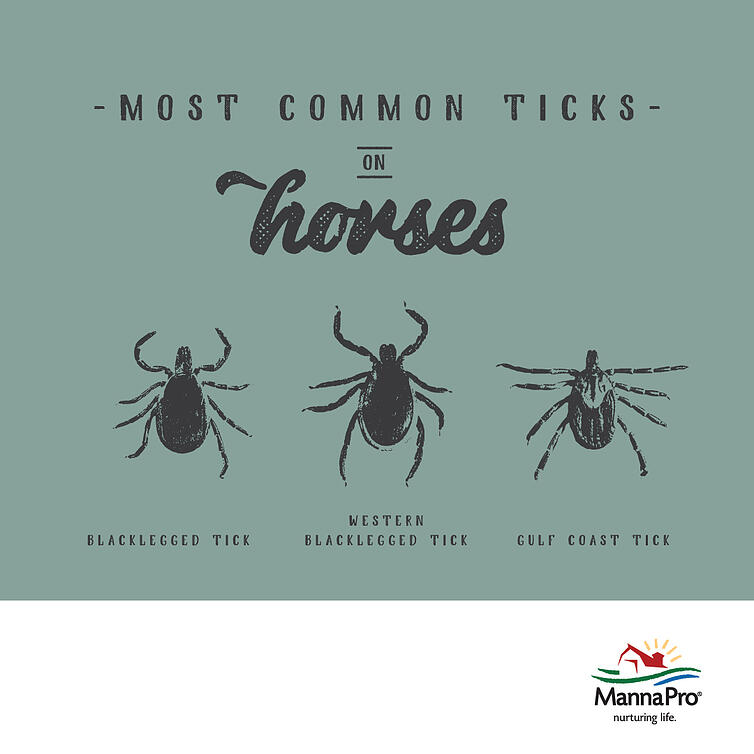





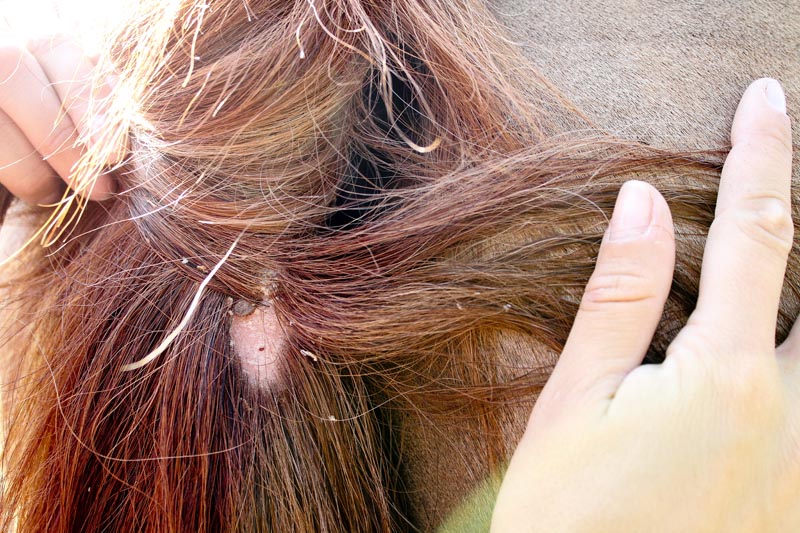
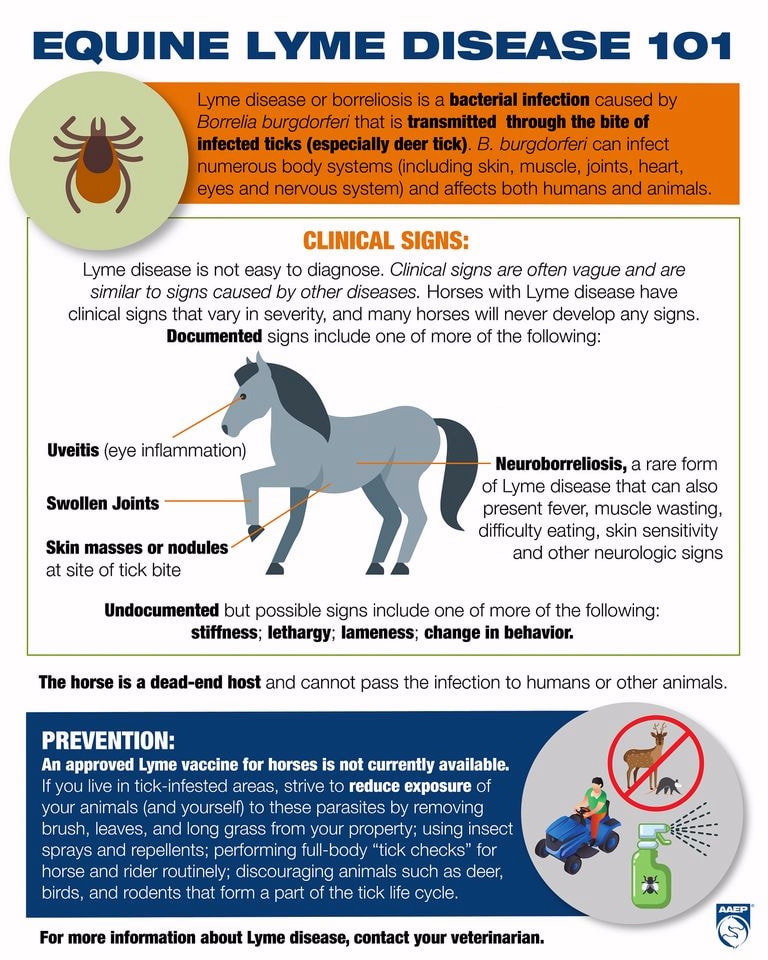



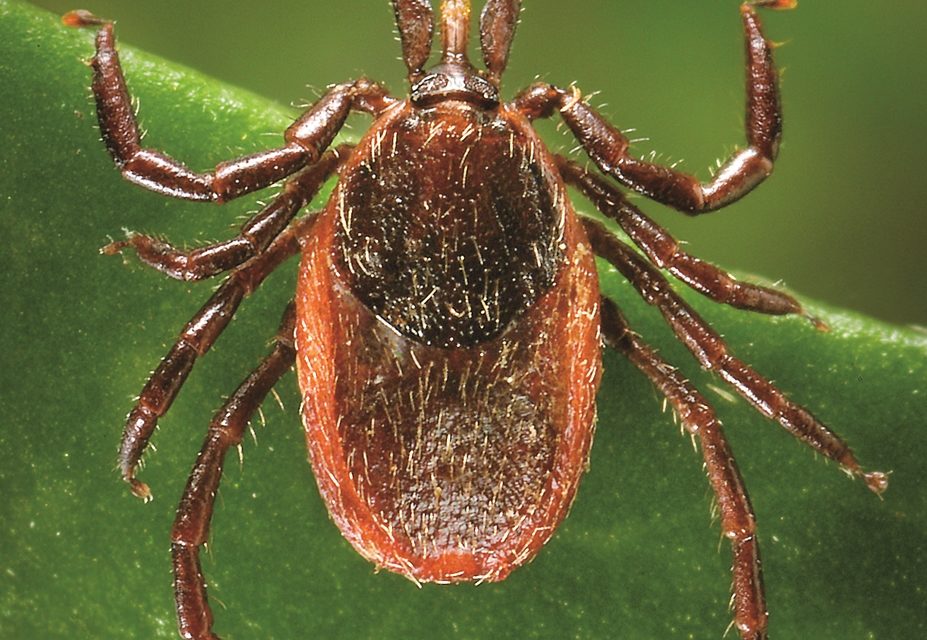




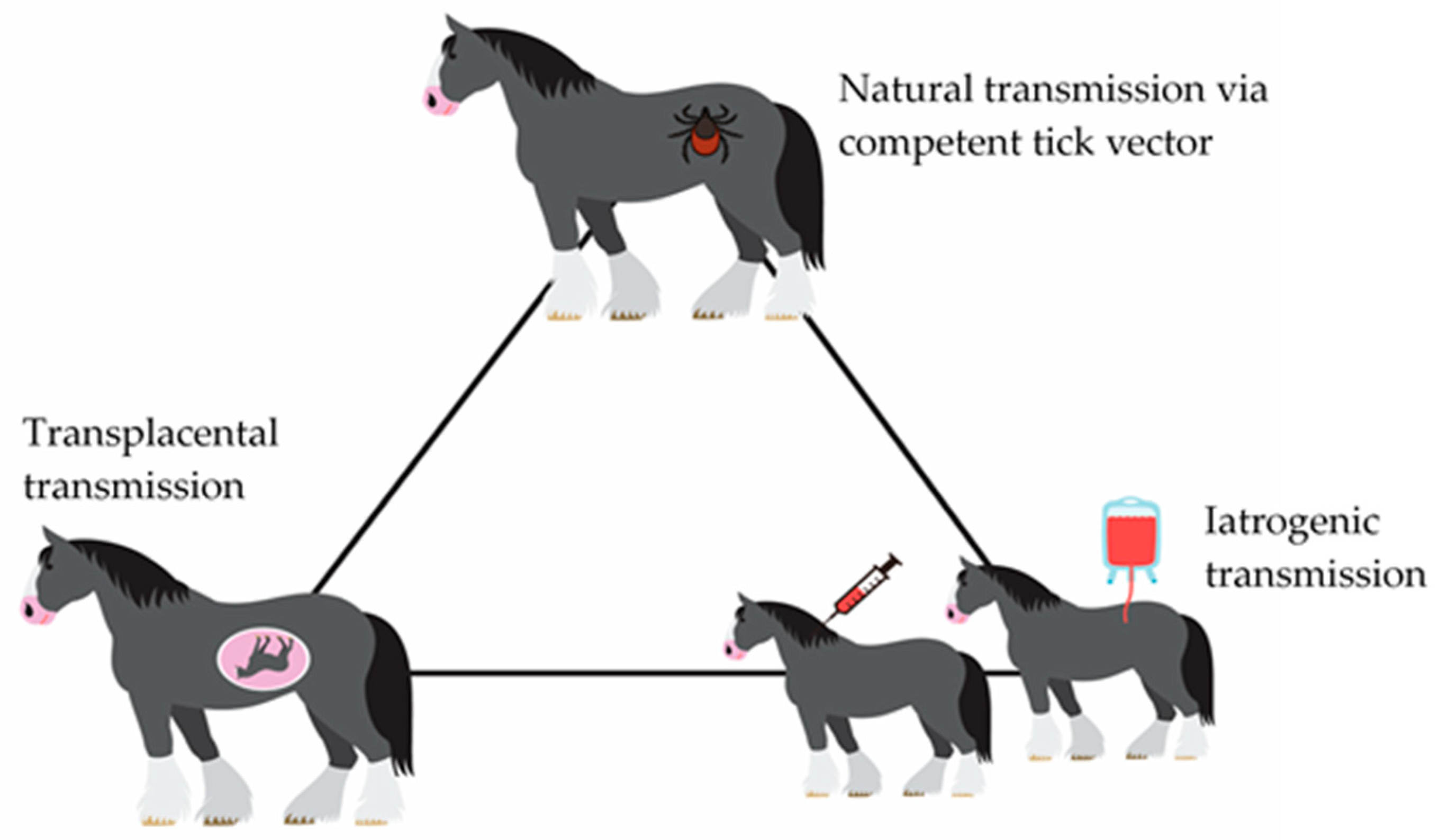

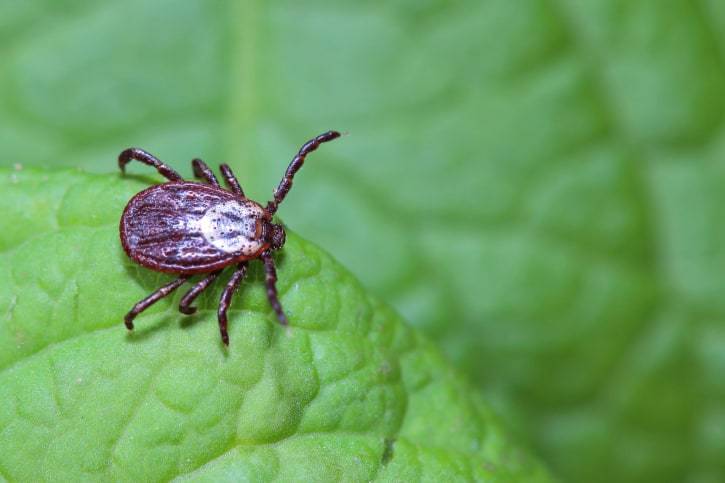





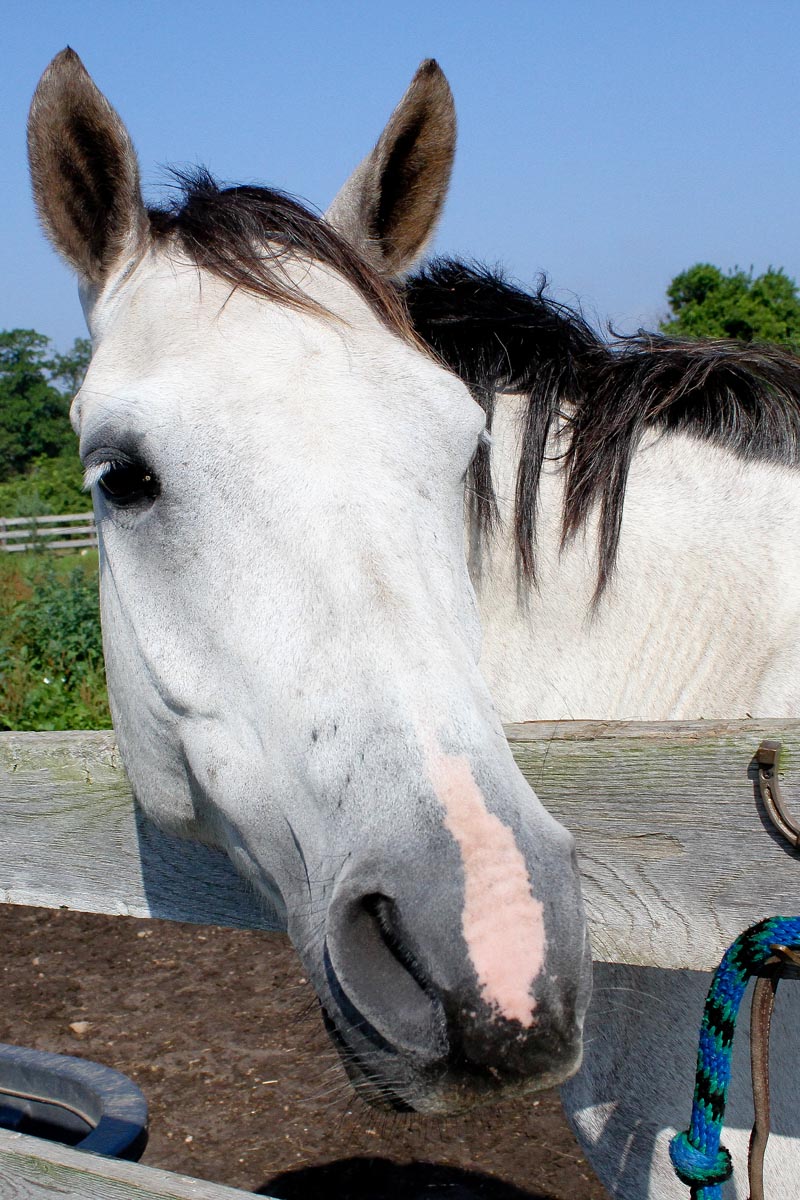
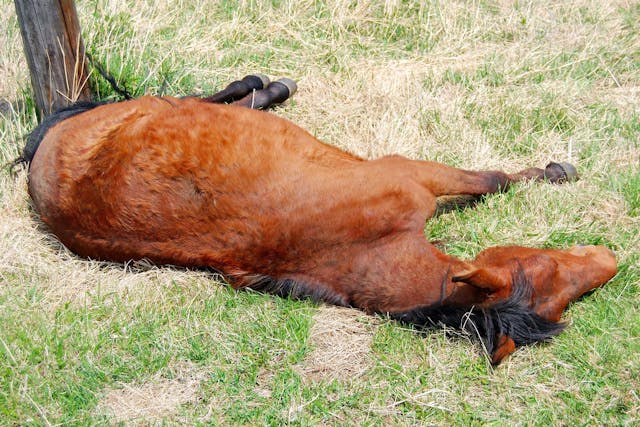
Post a Comment for "Tick Disease In Horses"